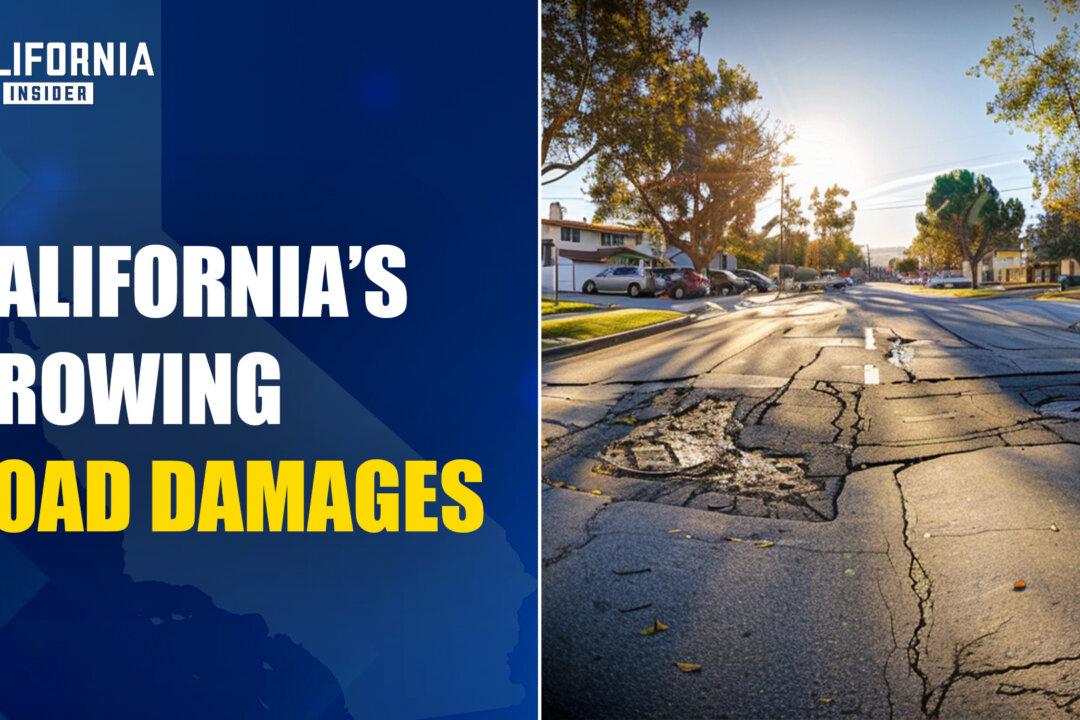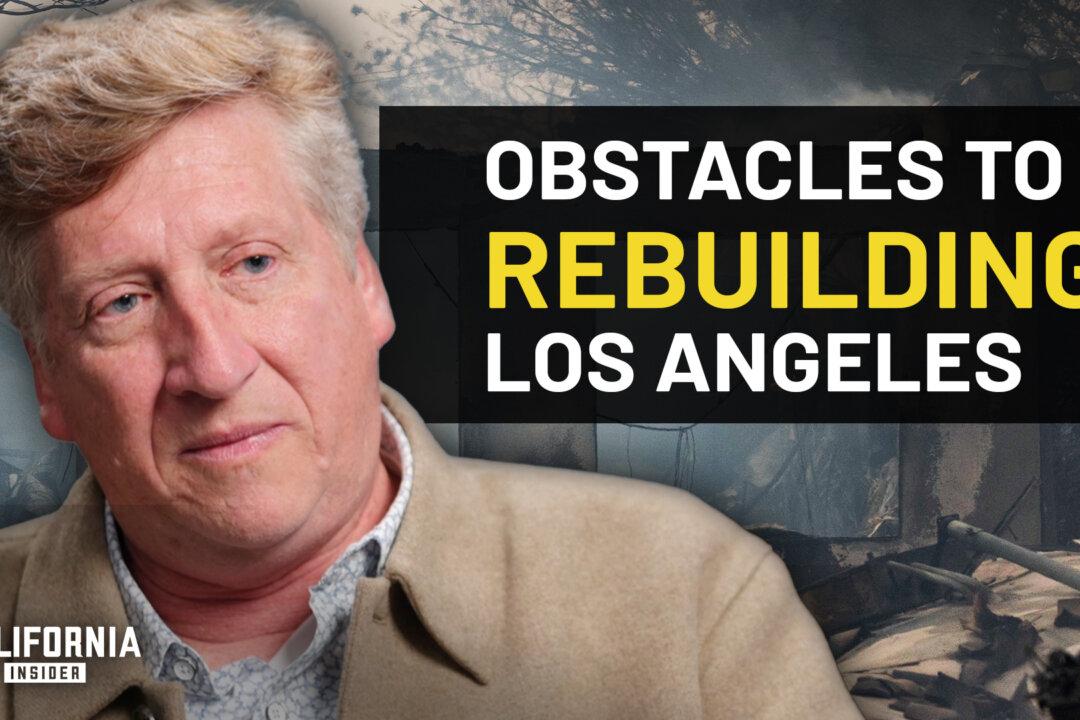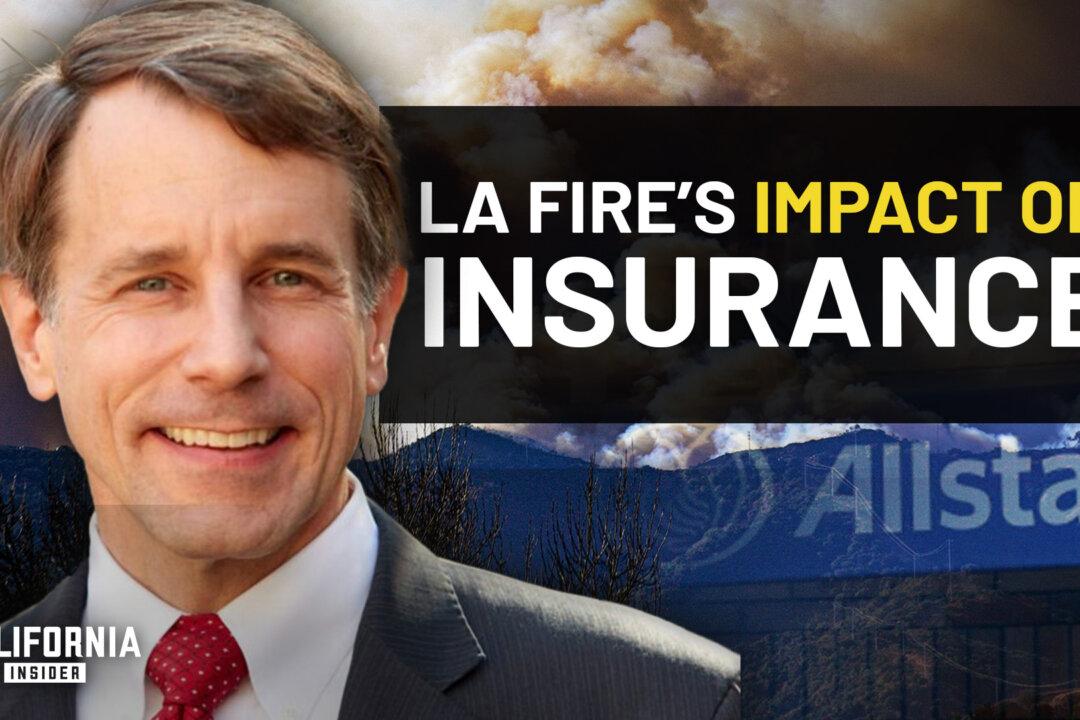Key Takeaways
- 0:00 Why Some Roads in California Are in Poor Condition
- 0:46 Diverted Road Repair Funds Lead to Growing Car Damage Costs
- 03:19 New Bill Redirects Gas Tax Funds for Bike Lanes
- 05:10 When One Size Doesn’t Fit All: CA’s Varied Transportation Needs





